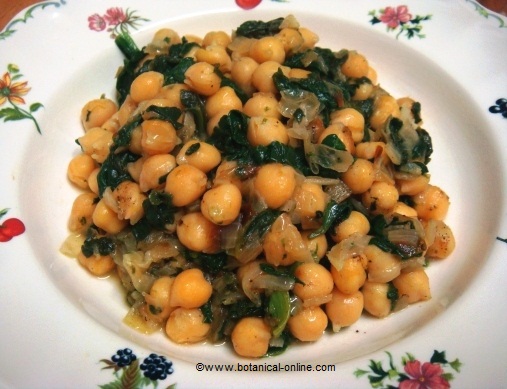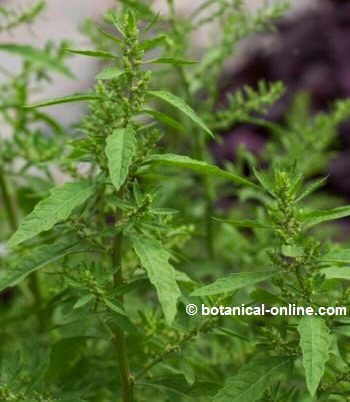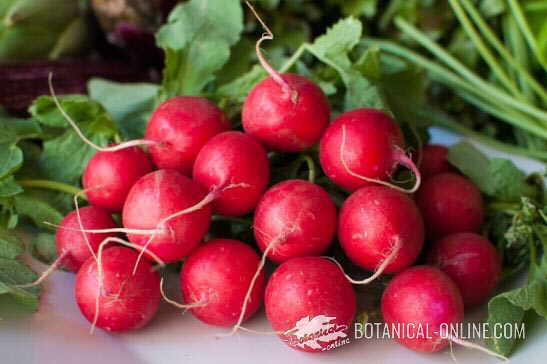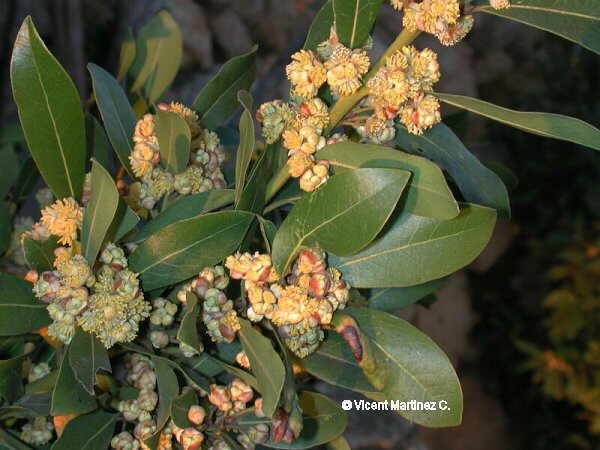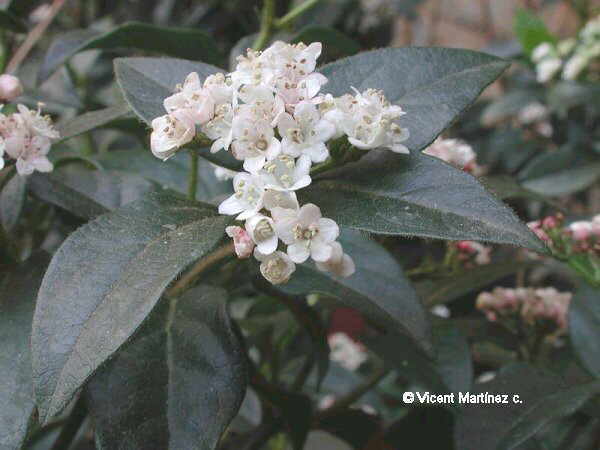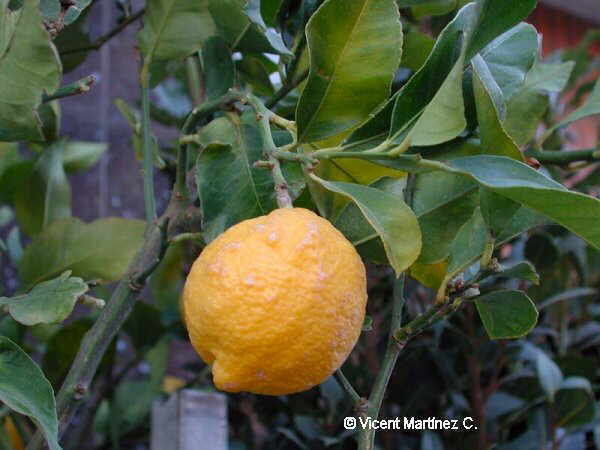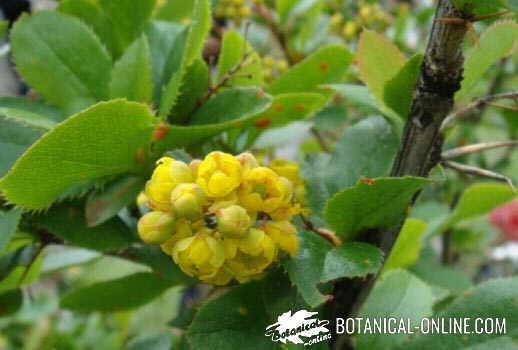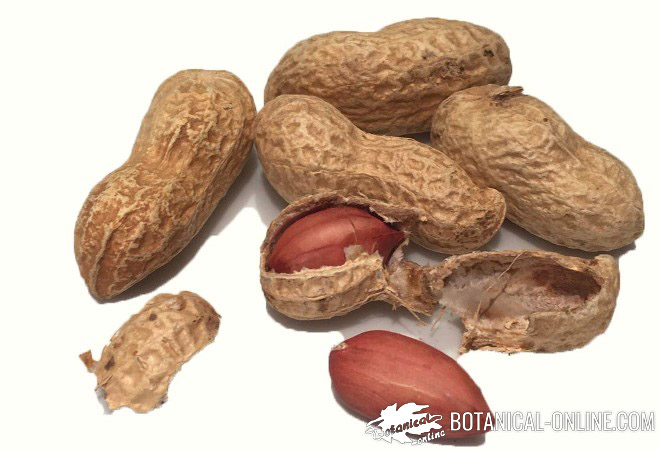Contents
DANGERS OF ANISE
Is anis toxic?
No, anise (Pimpinella anisum) is non-toxic when consumed as aromatic spice or in natural medicine treatments, at recommended doses.
It is a plant of Asian origin, from the Umbelliferae family, relative to wild celery, cumin, caraway or fennel. Its fruits, which are very aromatic are rich in anethole.
Anise is considered a safe food by FDA. (U.S. Food and Drug Administration) It includes these seeds on the list of safe foods GRAS (Generally Recognized As Safe).
What are the components of anise?
- Essential oil
- Coumarins
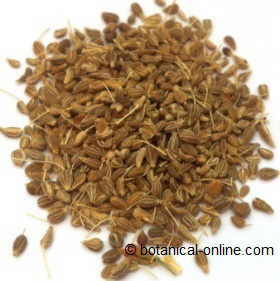 Photo of aniseed or anise
Photo of aniseed or anise
What are the dangers of anise seeds?
- Essential oil: Anise is rich in essential oils (2-6%), containing mainly anethole (80-95%) and to a lesser extent, estragole, beta-caryophyllene, limonene and alpha-pinene. The essential oil of anise is classified within the group of drugs and narcotics.
It can cause neuronal poisoning, with the presence of body problems such as headache, seizures, or intoxication symptoms that can cause physical sympthoms such as muscle numbness as a result of cerebral congestion.
Chemically, anethole is very similar to the myristicin (active ingredient present in nutmeg), and its use can cause neurological effects similar to those described for nutmeg. (See anise side effects in the listing below)
- Coumarins: scopoletin, umbelliferone, umbelliprenine, bergapten. Coumarins are common components in plants that in the body have effects on blood clotting.
Recommended doses of anise
- Whole or crushed fruit: dry anise is a spice in cooking and it is also used in herbal teas or infusions. The recommended adult dose is 1-5g. three times a day. In children aged 0-4 years should be used more cautiously, at doses up to 1g. daily (infusion for 15 minutes).
- Essential oil: internal use of anise essential oil is not recommended because of its possible toxicity to certain doses. Consult with your doctor and, in no case, the amount of 0,05-0,2ml. daily should be exceeded. The essential oil is totally contraindicated in children or pregnant. It is phototoxic, so sun exposure must be avoided after administration.
Precautions of anise uses in natural treatments: Pregnancy, children and breastfeeding
- Babies: Popularly, it also used as galactogogue (to increase milk production), but the safe dose for a baby is not known. Anise treatments in these stages are not recommended. On the other hand, it can be taken as an edible spice very occasionally.
- Children: use in children should be monitored for possible neurological effects. Check with your doctor.
- Women: Do not treat with anise if you are pregnant or breastfeeding: Anise is a traditional abortive remedy. Do not treat with anise if you have heavy menstrual cycles, if you take birth control pills or are on hormone replacement therapy.
- People in general: Do not treat with anise if you take anticoagulant medication, such as warfarin.
![]() More information on anise.
More information on anise.

